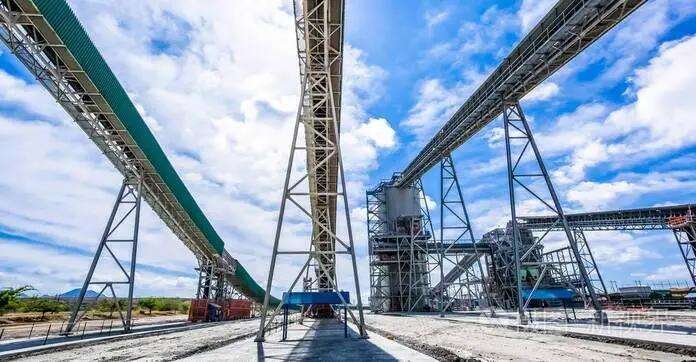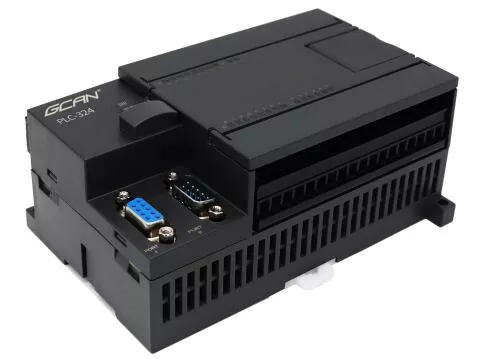The application of Leaky Bucket PLC is a common method for achieving flow control and regulation in various domains such as computer networks, production pipelines, water treatment, power systems, and data communication. Understanding when to utilize Leaky Bucket PLC and its application in different projects is crucial.
- Network Flow Control
Effective control of data transmission rates is vital for avoiding network congestion and bandwidth wastage in computer networks.
Leaky Bucket PLC can be employed to regulate the transfer rate of data packets. By configuring appropriate parameters for the leaky bucket, the input or output flow rate can be limited, ensuring the stability of the network.
- Pipeline Control
Controlling the entry and exit speed of materials or products is key to maintaining the smooth operation and balanced load of production pipelines. Leaky Bucket PLC can be used to regulate the supply speed of materials or products.
By setting suitable parameters for the leaky bucket, materials or products can be released at the desired rate, preventing over or under supply.
- Level Control
Maintaining the water level within a specified range is crucial in water treatment, reservoirs, or water tanks. Leaky Bucket PLC can be employed to control the rate of water level rise or fall.
By configuring the leaky bucket parameters, the rate of water inflow or outflow can be controlled, ensuring the stability of the water level within the desired range.


- Power Load Management
Smooth regulation of power load is essential for maintaining the stability of power systems. Leaky Bucket PLC can be utilized to control the rate of power load changes. By setting the leaky bucket parameters, the rate of power load variation can be limited, thereby avoiding sudden load fluctuations that may destabilize the power system.
- Data Transmission Rate Control
Controlling the data transmission rate is crucial for ensuring reliable data transfer in data communication. Leaky Bucket PLC can be used to limit the rate of data transmission. By configuring appropriate parameters for the leaky bucket, excessively fast data transmission can be avoided, allowing the receiving party to process the data in a timely manner.
Conclusion:
The application of Leaky Bucket PLC is highly significant for projects requiring flow control and regulation. Network flow control, pipeline control, level control, power load management, and data transmission rate control are common examples of Leaky Bucket PLC applications. Understanding when to utilize Leaky Bucket PLC and how to configure suitable leaky bucket parameters is crucial for successful project implementation. By effectively applying Leaky Bucket PLC, system stability and efficiency can be enhanced.
Looking for a CAN Fiber Optic Gateway for your next project ? Click to learn more!
